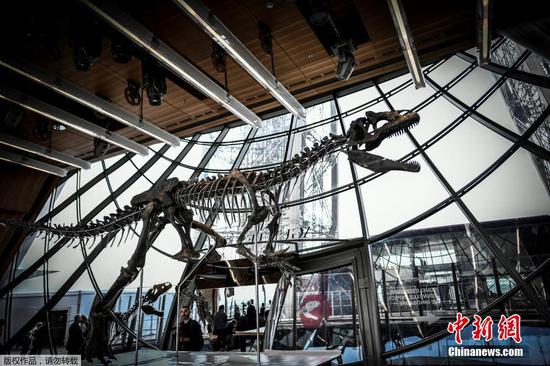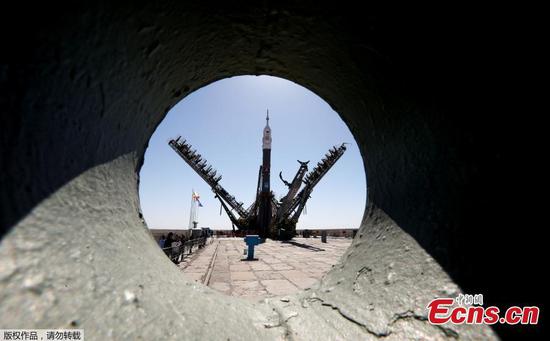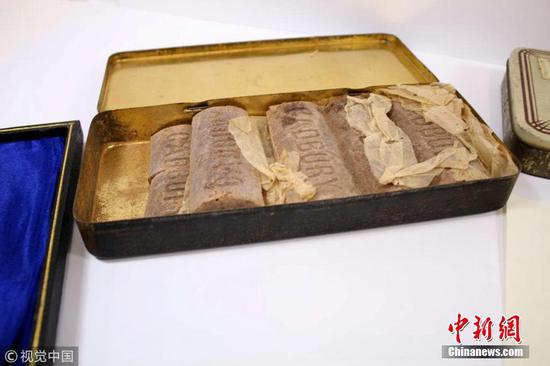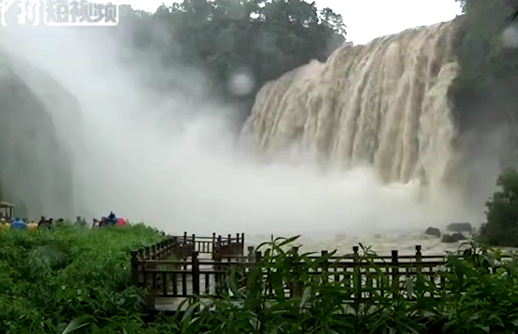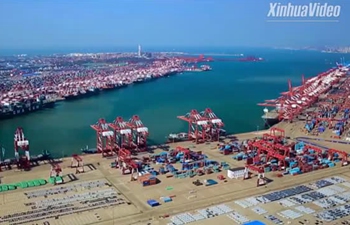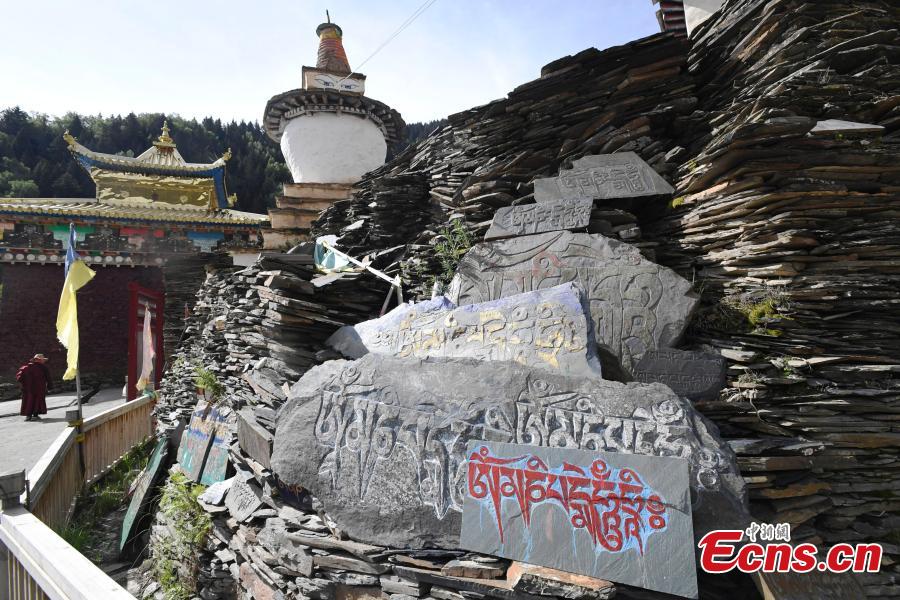
A view of the stone sutras at Bangtuo Monastery, Rangtang County, Southwest China’s Sichuan Province. The monastery is home to 500,000 stone slabs inscribed with Tripitaka scriptures, which were made in the Ming and Qing dynasties by more than 60 masons over a period of nine years on an area of 598 square meters, the largest and best-preserved stone sutras in the world. (Photo: China News Service/An Yuan)
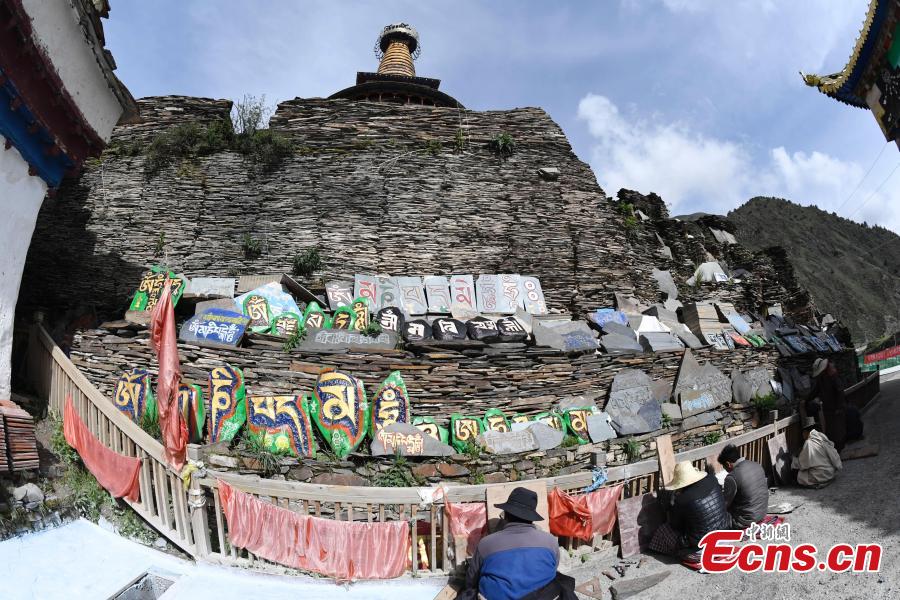
A view of the stone sutras at Bangtuo Monastery, Rangtang County, Southwest China's Sichuan Province. The monastery is home to 500,000 stone slabs inscribed with Tripitaka scriptures, which were made in the Ming and Qing dynasties by more than 60 masons over a period of nine years on an area of 598 square meters, the largest and best-preserved stone sutras in the world. (Photo: China News Service/An Yuan)
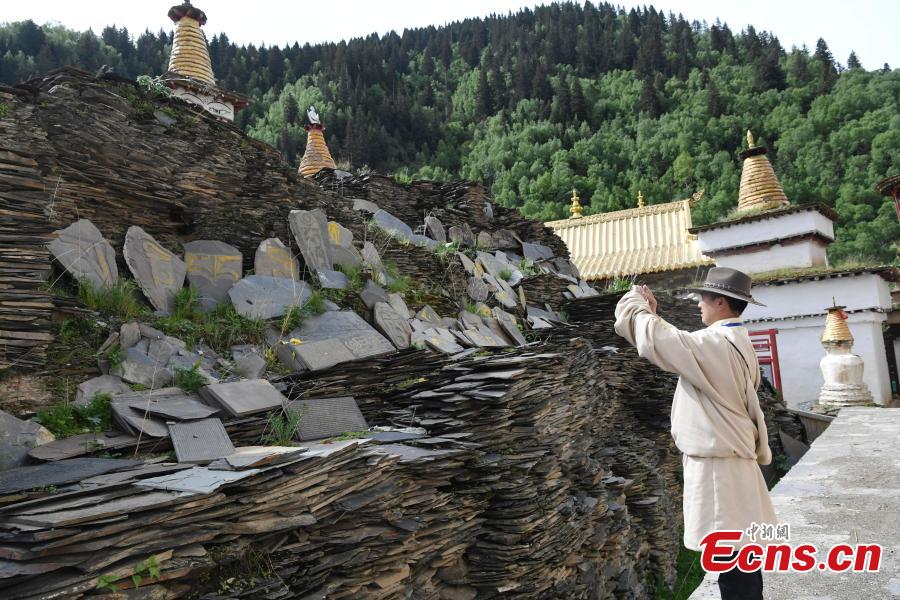
A view of the stone sutras at Bangtuo Monastery, Rangtang County, Southwest China's Sichuan Province. The monastery is home to 500,000 stone slabs inscribed with Tripitaka scriptures, which were made in the Ming and Qing dynasties by more than 60 masons over a period of nine years on an area of 598 square meters, the largest and best-preserved stone sutras in the world. (Photo: China News Service/An Yuan)







